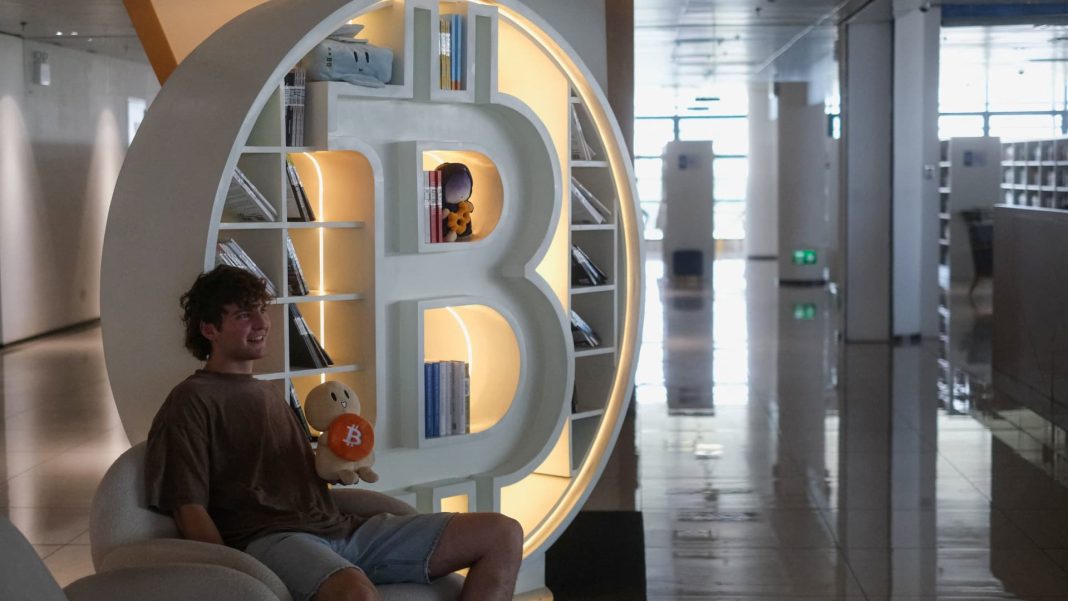Much has been made of the potential efficiencies that stablecoins and other cryptocurrencies could bring to cross-border payments, but Brazil’s government also believes their use creates a tax loophole.
According to Reuters, Brazil’s Finance Ministry is considering expanding the scope of its financial transaction tax to include certain cross-border payments made with digital assets. Under rules taking effect in February, Brazil classified stablecoin transfers as foreign exchange transactions. This classification also applies to international payments made with digital assets as well as transfers to and from self-custody wallets.
Although capital gains from crypto trades above prescribed limits have been taxable in Brazil, crypto-based payments have not. Officials say this gap has opened the door for digital assets to be used in nefarious activities like money laundering. There are also concerns that some organizations may use cryptocurrencies to falsify the amounts they declare for import taxes.
“I think money laundering is a bit of an over-exaggeration here–I think it mainly pertains to businesses and B2B or B2C payments,” said Joel Hugentobler, Cryptocurrency Analyst at Javelin Strategy & Research. “I’m sure at the end of the day who the government is actually targeting is these businesses who aren’t laundering money, but they may be underreporting these numbers.”
A Demonstrable Boost
While these concerns likely have merit, taxing crypto transactions could also provide a demonstrable revenue boost for Brazil. The nation’s crypto market has surged in recent years, driven in large part by increased stablecoin usage.
Tax data shows that crypto transactions reached 227 billion reais (roughly $42.8 billion) in the first half of 2025, a 20% year-over-year gain. Tether’s USDT stablecoin accounts for approximately two-thirds of that volume, while bitcoin represents around 11% of the transactions.
“It’s a double-edged sword,” Hugentobler said. “The industry needs regulations to grow adoption and use cases, but if regulations are too strict, businesses and other users could revert back to traditional methods. I think this is a long ways away from that, but if they stifle use from too strict regulations it will negate the revenue side of the equation. If companies treat these payment options like any other payment options, they have nothing to worry about.”
Increasing Financial Inclusion
In addition to cross-border payments efficiency, stablecoins have gained ground in many regions because they markedly increase financial inclusion. In areas with currency instability, leading U.S. dollar-backed stablecoins like USDT and Circle’s USDC can offer a more reliable alternative.
This reliability has made stablecoins far more viable for payments than cryptocurrencies such as bitcoin or Ether. This sentiment was echoed by Brazil’s central bank, which found that stablecoins were largely used in the region as an inexpensive way to hold and spend USD.
Central bank officials believe that taxing these transactions would provide greater visibility into digital asset usage and help mitigate misuse. However, the proposal still requires approval from Brazil’s federal tax authority.
“Brazil is one of the world’s largest stablecoin markets by transaction volume, so this could become a live case study for stablecoins with FX-type regulations where others follow suit,” Hugentobler said. “But the fact that Brazil’s government is releasing regulations around stablecoins means it is accepting them, which is a step in the right direction overall. Whether or not growth or volumes decrease in the short term is yet to be seen, but I think as long as businesses and other users adhere to the regulation and fees aren’t too steep, it should be good for growth in the longer term.”






